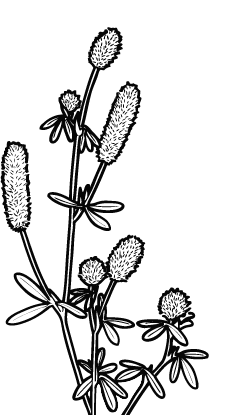
Project
The whale and dolphin community project of the gulf of Tribuga
Project
The whale and dolphin community project of the gulf of Tribuga
Profile
Organisation/Company
R&E Ocean Community Conservation
Project name
The whale and dolphin community project of the gulf of Tribuga
Project period
02.01.2023 – 30.09.2024
Downloads
Project gallery
Project partner
R&E ocean community conservation is a charitable organisation based in Canada which has been engaged in marine conservation since its foundation by Ann Carole Vallejo in 2018. In the interests of developing effective and sustainable marine conservation projects, all our projects are supported by four pillars: science, education, involvement of the local population, and environmental protection. Besides projects in Antarctica and El Salvador, the main focus of our work is currently on the highly biodiverse Gulf of Tribugá, situated on the Pacific coast of Columbia and designated a global “Hope Spot” by Mission Blue in 2019.
Project description
In order to end poverty and protect our natural environment, the United Nations (UN) have formulated 17 Sustainable Development Goals, or SDGs for short. One of these goals is the conservation and sustainable use of the oceans (SDG 14 Life below water).
The Gulf of Tribugá (GT) on the Pacific coast of Columbia (Image 1) boasts a staggering level of biodiversity and has been designated a “biodiversity hotspot”. Numerous key marine species, such as sharks, turtles, whales and dolphins use the GT as breeding or feeding grounds.
As the GT is a former conflict zone and scientific interest in the region was low, it was cut off from the outside world for a long time. However, tourism is now developing in the area, so fundamental scientific data are now urgently required to enable effective protection of local biodiversity and the best possible support of sustainable development of the region.
Goals
Whales and dolphins are flagship species whose protection would benefit the overall biodiversity of the GT, so the focus of our initial studies is on recording fundamental scientific data about whales and dolphins in the GT. Our project is therefore subdivided into three goals:
- From the beginning of January 2023 to the end of June 2024, systematic recording of the occurrence, distribution and frequency of whales and dolphins in the GT by three local Community Scientists (CS) trained by us
- Provisional determination of factors that influence the occurrence, frequency and habitat use of the whales and dolphins in the GT (based on the data collected by three trained CS between the beginning of January 2023 and the end of June 2024).
- Networking, scientific communication of the results of the study and the involvement/further training of the local population in marine conservation matters directly connected with the long-term success of the project
These fundamental scientific data will enable us to work with partners and local or national environmental authorities to develop appropriate measures for the protection of whales and dolphins in the GT.
By ensuring that the local population is involved in our studies, we make the methods and results easier for them to understand. The tools that the CS learn through their participation in the project enable them to continue to work as Citizen Scientists. As Citizen Scientists earn a small but fair wage for their work, they see that environmental protection can also bring financial benefits. In this way, we would like to motivate the local population to take a more active part in the protection of their natural resources and promotion of sustainable development in the region.
Project status
R&E Ocean Community Conservation April 2023
Monitoring of the whales and dolphins in the Gulf of Tribugá





